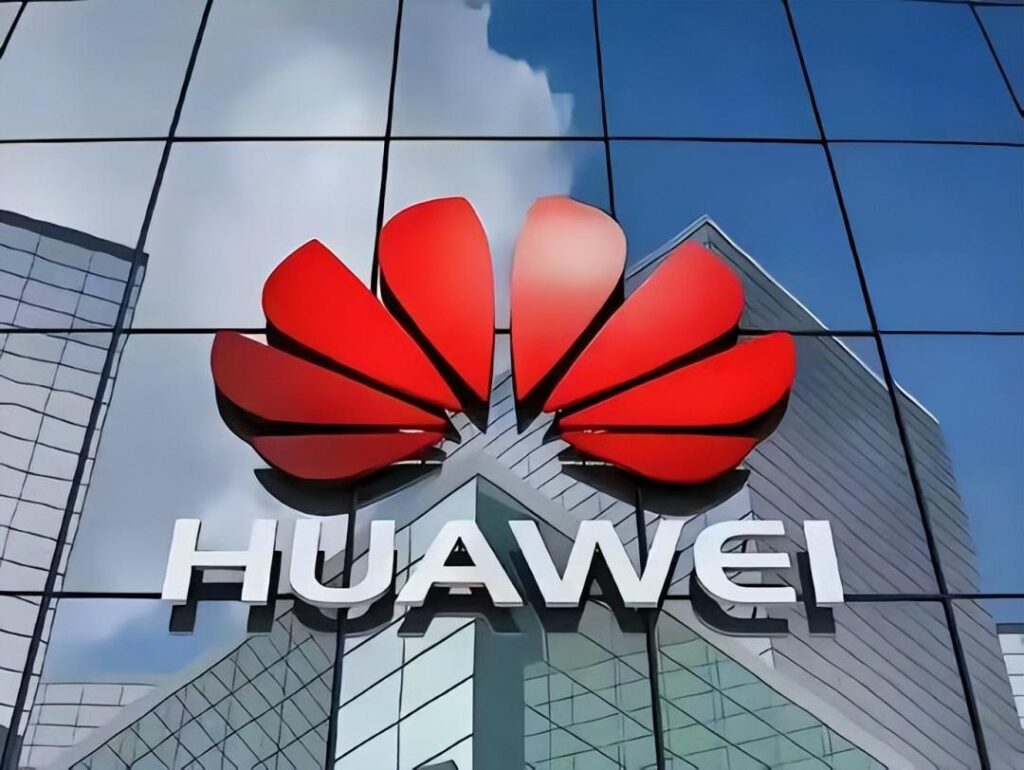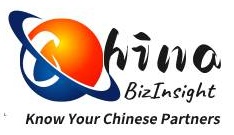Introduction
When people think of global tech giants, names like Apple, Samsung, and Google often come to mind. But over the past decade, a Chinese company has steadily climbed the ranks to become one of the world’s most influential technology leaders: Huawei.
You’ve probably heard of Huawei. Maybe you’ve used their smartphones, seen their networking equipment in the news, or heard debates about their role in global 5G infrastructure. But what’s really behind their rapid rise? How did a privately-owned company from China become a global tech titan?
In this article, we’ll dive deep into Huawei’s story—not just the numbers, but the strategy, innovation, and challenges behind them. Whether you’re a business professional, an investor, or just curious about one of the world’s most fascinating companies, you’ll get a clear, inside look at what makes Huawei tick.

And if you’re interested in understanding Chinese companies like Huawei on a deeper level—whether for partnership, investment, or market research—we’ve got you covered. Stick around till the end, where we’ll share a valuable resource: the official 2025 list of China’s Top 500 Private Enterprises, including Huawei and other industry leaders.
Who Is Huawei? More Than Just Phones
Huawei Technologies Co., Ltd. was founded in 1987 by Ren Zhengfei, a former engineer in the People’s Liberation Army. Starting with just ¥21,000 (about $3,000 at the time), the company began as a sales agent for imported telephone switches. Today, it’s a multinational conglomerate with three core business segments:
- Carrier Network Business – Building telecommunications infrastructure (e.g., 5G base stations, optical networks).
- Enterprise Business – Providing IT solutions for industries like finance, transportation, and energy.
- Consumer Business – Manufacturing smartphones, tablets, wearables, and other smart devices.
What many people don’t realize is that Huawei is not a state-owned enterprise. It’s entirely employee-owned, with Ren Zhengfei holding just about 1% of the shares. This unique structure has allowed Huawei to remain agile, innovative, and fiercely competitive on the global stage.
By the Numbers: Huawei’s Staggering Growth
Let’s look at some key figures from Huawei’s latest financial reports and public data:
- Revenue (2024): ¥862 billion (approx. $119 billion USD)
- Global Employee Count: Over 207,000
- R&D Investment (2024): ¥161.5 billion (about 22% of total revenue)
- Market Reach: Operates in over 170 countries and regions
Huawei consistently ranks among the top players in several industries:
- 5G Equipment: Market leader with over 30% global share
- Smartphones: Once top 3 globally (still dominant in China despite sanctions)
- Patents: Holds more than 120,000 active patents worldwide—among the largest portfolios globally
These numbers aren’t just impressive—they reflect a relentless focus on innovation and long-term strategy.
How Huawei Wins: Innovation and R&D
One of the biggest reasons behind Huawei’s success is its commitment to research and development. The company invests billions annually into R&D—often outpacing many Western tech giants relative to revenue.
Huawei’s R&D efforts are decentralized, with 21 research institutes around the world, including in Germany, Sweden, Russia, India, and Canada. This global network allows them to tap into local talent and innovate across different technological and regulatory environments.
They’re also deeply involved in setting global standards—especially in 5G, where they hold essential patents that other companies must license. This gives Huawei not only a revenue stream but also significant influence over the future of telecom.
Challenges and Controversies
Huawei’s rise hasn’t been without obstacles. The company has faced intense scrutiny—especially from the U.S. government—over concerns about data security, ties to the Chinese government, and allegations of intellectual property theft.
Since 2019, Huawei has been placed on the U.S. Entity List, restricting its access to American technology and components. This had a significant impact on its smartphone business, which previously relied on Google Mobile Services and high-end chips from suppliers like Qualcomm and TSMC.
Yet, Huawei has shown remarkable resilience. They pivoted to develop their own operating system (HarmonyOS), invested heavily in semiconductor design (via HiSilicon), and diversified their supply chain. They’ve also leaned more heavily into their enterprise and cloud computing businesses.
Why Huawei Matters to International Businesses
If you’re doing business in or with China, understanding companies like Huawei isn’t optional—it’s essential. Here’s why:
- Supply Chain Influence: Huawei is a major buyer and supplier in global tech chains.
- 5G Leadership: Many countries still rely on Huawei for affordable and advanced network infrastructure.
- Innovation Benchmark: Huawei sets the bar for R&D intensity and patent strategy.
But understanding Huawei—or any Chinese company—requires more than just reading headlines. You need access to accurate, official, and verified information about their corporate structure, financial health, legal status, and more.
That’s where professional business intelligence services come in. For example, a Professional Enterprise Credit Report can provide deep insights into a company’s operational background, risk exposure, and financial standing—helping you make informed decisions.
Beyond Huawei: The Bigger Picture of Chinese Private Enterprises
Huawei is just one standout example of China’s dynamic private sector. In 2024, the total revenue of China’s Top 500 Private Enterprises reached ¥43.05 trillion ($5.9 trillion USD), with an average revenue of ¥861 billion per company. These enterprises are major drivers of innovation, employment, and economic growth—not just in China, but globally.
Industries like technology, manufacturing, green energy, and electric vehicles are particularly strong. Companies like BYD, Tencent, JD.com, and Xiaomi are also expanding internationally at a rapid pace.
If you’re looking to engage with Chinese businesses—whether as partners, suppliers, or competitors—having access to reliable data is crucial.
Get the Full List: China’s Top 500 Private Enterprises (2025)
Want to see who else is leading the charge? We’ve compiled the official 2025 list of China’s Top 500 Private Enterprises based on annual revenue, region, and industry.
This spreadsheet includes key details such as company names, revenue figures, and headquarters locations—invaluable for market research, benchmarking, and strategic planning.
How to Dig Deeper into Chinese Companies
Maybe you’re considering a joint venture with a Chinese firm. Or perhaps you’re evaluating a supplier or competitor. In any case, due diligence is key.
At ChinaBizInsight, we help international clients access official Chinese business records, verify company details, and obtain certified reports—from basic business licenses to in-depth credit and risk analysis.
Our services include:
- Enterprise Credit Reports (Standard, Professional, and Financial-Tax versions)
- Due Diligence Packages
- Document Legalization & Apostille
- Executive Background Checks
For example, if you want to know more about a company’s ownership structure, legal history, or financial health, our Professional Enterprise Credit Report offers a comprehensive overview.
We also provide Hague Apostille and consular legalization services to ensure your documents are recognized internationally.
Final Thoughts
Huawei’s story is more than a corporate success story—it’s a lesson in resilience, innovation, and global strategy. Despite political and market challenges, Huawei continues to adapt and grow.
But Huawei is just one piece of the puzzle. China’s private sector is vast, diverse, and full of opportunity—if you know how to navigate it.
Whether you’re researching Huawei, exploring partnerships, or just curious about the global business landscape, we hope this article gave you a clearer picture of what’s happening behind the numbers.
If you need help verifying a Chinese company, obtaining official documents, or conducting deeper due diligence, reach out to us. We’re here to help you know your Chinese partners better.
